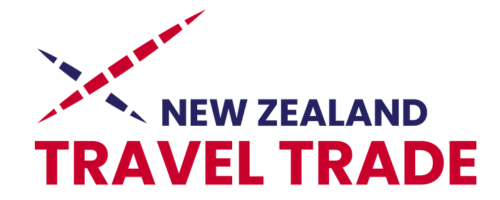A proposal by the U.S. Senate Committee on Commerce, Science and Transportation to slash Brand USA’s funding from USD 100 million to just USD 20 million has sparked considerable concern across the travel and tourism sector.
Framed as part of a wider fiscal effort to reduce the national deficit by more than USD 40 billion over a decade, the move includes the retraction of what lawmakers have described as “wasteful spending” amounting to USD 1.4 billion. Led by Senator Ted Cruz (R-Texas), the proposed measure is part of the budget reconciliation process and aligns with broader Republican objectives aimed at economic efficiency and national security. However, tourism stakeholders have been quick to warn that such drastic funding reductions could severely hamper the United States’ international tourism competitiveness at a time when global visibility is poised to peak.
Brand USA is primarily funded by ESTA (Electronic System for Travel Authorisation) fees from international travellers. It has historically played a critical role in promoting the U.S. as a destination in global markets. With international visitor numbers already lagging behind initial growth forecasts Tourism Economics now projects a 5.1% decline in inbound travel for 2025, down from a previously anticipated 8.8% increase, the timing of the proposed budget cut raises serious questions about strategic foresight.
The U.S. Travel Association has expressed “deep concern,” citing the scale of the industry’s contribution to the national economy generating USD 2.9 trillion in output and supporting over 15 million jobs. The association urged Congress to align with the President’s proposed budget and restore full funding to Brand USA, warning that the implications of underinvestment could ripple across all sectors of the tourism economy. Likewise, the Travel Technology Association highlighted the importance of sustained promotional efforts in the lead-up to major international events such as the 2026 FIFA World Cup, the America250 commemoration, and the 2028 Olympic Games in Los Angeles. According to CEO Laura Chadwick, reducing the Travel Promotion Fund at this juncture would risk undermining a key economic lever, particularly when global attention on the U.S. is set to intensify.
Local tourism leaders, including Adam Burke, CEO of Los Angeles Tourism, have echoed these sentiments, noting the industry’s struggles in regaining lost ground post-pandemic. “We’ve seen a USD 100 million decline in service exports linked to tourism,” Burke said. “Brand USA has been instrumental in rebuilding demand. Cutting its resources now would be not only short-sighted but economically counterproductive.”
From a strategic standpoint, this development should concern not only U.S. tourism officials but also international travel advisors, wholesalers, and partners who rely on Brand USA’s destination marketing to drive bookings. Compared with other national tourism bodies many of which have increased marketing investment to recover post-COVID visitor numbers, the proposed rollback places the U.S. at a competitive disadvantage. If enacted, the funding cut would signal a retreat from international tourism engagement at a time when destinations across Asia, Europe, and Latin America are stepping up efforts to capture global travellers. This could encourage redirection of long-haul interest toward destinations perceived as more welcoming or visible in the marketplace.
Strategic recommendation for the NZ Trade:
Travel agents and wholesalers in markets like New Zealand should monitor these developments closely, particularly as Brand USA’s visibility may diminish in the absence of federal support. In the short term, reduced destination marketing could impact awareness and demand especially beyond the traditional gateways such as California, and New York. To mitigate this, travel advisors should work more closely with U.S. state tourism offices and local suppliers who continue to invest independently in the market. Strengthening ties with airline partners and leveraging airfare-led campaigns or thematic experiences such as family travel, shopping, sports tourism, and theme parks may help sustain interest and conversions. As major events like the 2026 World Cup and 2028 Olympics approach, aligning sales messaging with these milestones could provide a timely hook for driving long-haul bookings.


